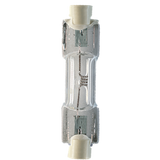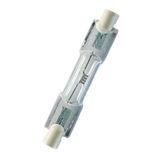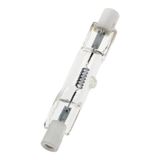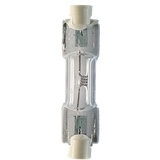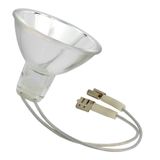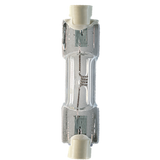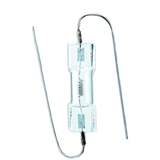Airport lighting lamps
How to choose the right airport lighting for safety and efficiency
Choosing the right airport lighting boosts safety and efficiency. It enhances visibility for pilots, crews, and passengers, especially in poor conditions. Proper lighting also cuts energy use and reduces long-term costs. This section explores key factors to consider, ensuring safety and efficiency.
Key factors for effective airport lighting choices
Choosing the right airport lighting system involves key factors for safety, efficiency, and compliance. Each is crucial for success. Consider these key aspects carefully.
- Light source: Choose between LED, halogen, or other types based on energy efficiency and lifespan.
- Lighting placement: Position fixtures to cover critical areas like runways and terminals.
- Energy efficiency: Opt for systems that minimize energy use while offering long-term savings.
- Regulatory compliance: Ensure the system meets aviation safety standards and regulations.
- Durability and maintenance: Select lighting that withstands harsh weather conditions with minimal maintenance.
- Visibility and brightness: Provide optimal brightness for clear visibility in all conditions.
- Cost considerations: Balance initial installation costs with long-term operating expenses for cost-effectiveness.
By focusing on these factors, airports can choose a lighting solution that enhances safety, reduces costs, and meets regulatory requirements effectively.
Trusted airport lighting suppliers for reliable infrastructure solutions
Partnering with trusted suppliers ensures reliable, durable airport lighting. You need solutions that meet top safety standards and improve efficiency. Our energy-efficient, low-maintenance products stand the test of time. As trusted suppliers, we guarantee seamless operations with minimal disruptions, fully compliant with aviation regulations.
Benefits of choosing reliable lighting solutions for airports
Choosing reliable lighting solutions brings numerous advantages to airports:
- Enhanced safety improves visibility for ground crews and pilots, reducing accidents.
- Energy efficiency lowers electricity costs by using sustainable technologies.
- Long-lasting durability withstands harsh weather conditions, reducing maintenance.
- Compliance with regulations ensures safety standards are met.
- Improved operations minimize delays and enhance passenger experience.
- Environmental impact is reduced with eco-friendly solutions.
- Reduced downtime minimizes the risk of lighting failures.


